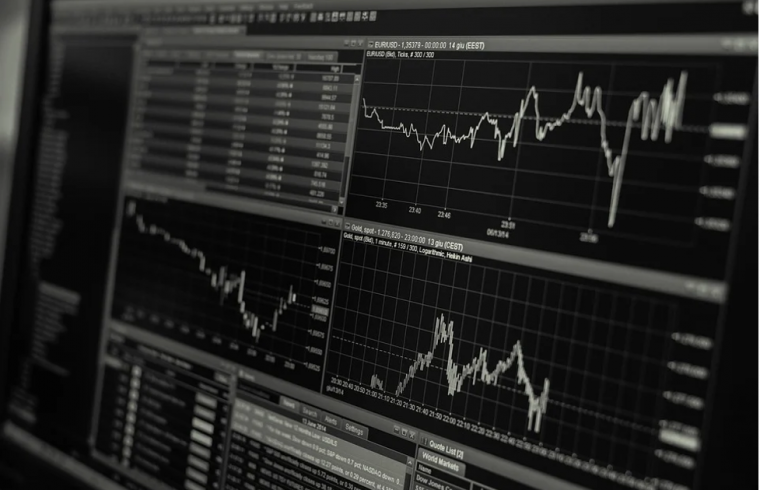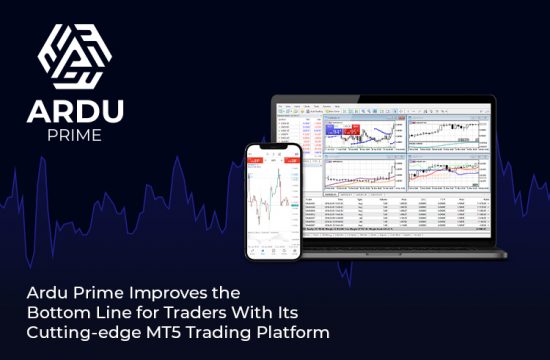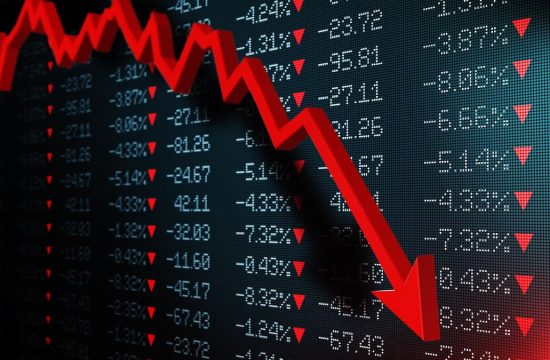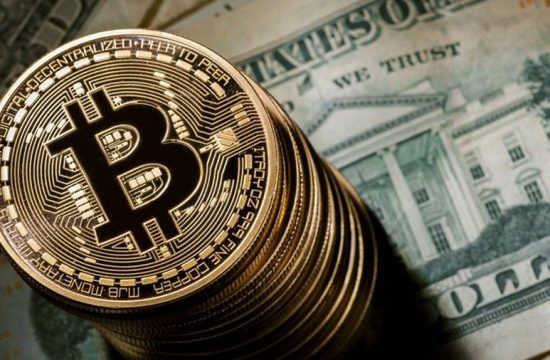By Giles Coghlan, Chief Currency Analyst, HYCM
With Friday’s Jackson Hole symposium now firmly in the rearview, what else did we learn from the annual meeting that had to be held virtually this year, owing to concerns over the spread of the delta variant? The answer is not much, it has to be said, but this may not be down to any direct failure on the part of the Fed. It seems as though July’s FOMC minutes already provided the shock to markets with all their talk of early tapering and discord between FOMC members.
A Non-Event?
So much so, that Jackson Hole seems, for the most part, to have been a non-event. Indeed, many market participants were going into the meeting not expecting much in the way of solid policy changes. It was, for the most part, a wait-and-see affair, with Fed Chairman Jerome Powell not being able to commit to anything more firmly than a taper possibly being appropriate this year.
So, what more do we actually know since Jackson Hole? Well, we know that the consensus is growing among FOMC members for a taper to be initiated sooner rather than later. Powell continued to be vague regarding the timeline to tapering, citing that the Fed’s goal of 2% inflation has been met, while “clear progress” has also been made on the second goal of maximum employment. Powell continued to hold that rising consumer prices will fade even though they’ve thus far lasted longer than expected.
Quite notably he didn’t focus on rising rental inflation, which has been one of the criticisms levelled at the Fed’s inflation metrics, as the cost of renting is one of the stickier inflation metrics. With the eviction moratorium recently lifted by a supreme court ruling and added unemployment benefits being removed, some are concerned that this combination could result in deterioration in the economy and the unfavourable combination of less spending and higher prices, i.e. stagflation.
Markets Expect a Taper
What we saw during the meeting was Powell demonstrating respect for the opinions of the rest of the committee while remaining distinctly non-committal as to the precise timeline of a possible taper. Some commentators have suggested that Powell is actually being quite masterful in gradually preparing the markets for the inevitable taper, without giving them the confirmation of when this is due to take place. This has the effect of reducing the shock to markets, encouraging them to price it in, while also giving Powell the opportunity to wait and see how the economic data shapes up going forward.
Markets are now broadly expecting an announcement to take place in November regarding tapering, with a possible reduction in asset purchases to commence in December. This is, of course, by no means set in stone and is contingent on a number of unknowns (the delta variant being but one of them) that could derail the Fed’s plans for the commencement of tapering at the end of the year. What was most notable about Powell’s address, however, was his keenness to draw a clear line between any talk of tapering not amounting to a “clear signal” regarding interest rate hikes. What this indirectly communicates, is that while tapering may be coming sooner rather than later, interest rate hikes are still a long way off. This is probably to avoid the possibility of a taper tantrum such as the one presided over by Ben Bernanke in 2013.
Market Reaction
It seems as though US stocks saw the symposium as an opportunity to shake off the fear of a surprise and to continue moving in the direction they’ve been trading in since the herculean efforts the central bank has made to support the US economy during the pandemic. The S&P 500 broke new record highs, closing the day at 4509. The Nasdaq also hit new all-time highs, closing the end of the session at 15,432. The Dow Jones Industrial Average lagged slightly, closing to within half a percent of its all-time highs. But it was the Russell 2000 that really surprised; despite closing the day more than 3.5% off its former highs, the small-cap index rallied by over 3% on the day, to close at 2277.
As for the sector breakdown, financials, technology and communications led on the day, each sector breaking to new highs, meanwhile, the most notable laggards are energy and metals & mining, which both have a lot more ground to cover. The sectors that seem to be lining up to break higher on the chart are healthcare, real estate and industrials.
As for what’s next on the economic data front, markets will be closely watching the employment and sentiment data due to be released in early September for evidence of a further deterioration in conditions that could cause the Fed to start thinking about deferring the taper until early next year. These include ADP Non-Farm Employment Change and ISM Manufacturing PMI on September 1, followed by Non-Farm Employment Change, Unemployment Rate and ISM Services PMI on September 3.
About HYCM
HYCM is the global brand name of Henyep Capital Markets (UK) Limited, HYCM (Europe) Ltd, Henyep Capital Markets (DIFC) Ltd and HYCM Limited, all individual entities under Henyep Capital Markets Group, a global corporation founded in 1977, operating in Asia, Europe, and the Middle East.
High Risk Investment Warning: Contracts for Difference (‘CFDs’) are complex financial products that are traded on margin. Trading CFDs carries a high degree of risk. It is possible to lose all your capital. These products may not be suitable for everyone and you should ensure that you understand the risks involved. Seek independent expert advice if necessary and speculate only with funds that you can afford to lose. Please think carefully whether such trading suits you, taking into consideration all the relevant circumstances as well as your personal resources. We do not recommend clients posting their entire account balance to meet margin requirements. Clients can minimise their level of exposure by requesting a change in leverage limit. For more information please refer to HYCM’s Risk Disclosure.













